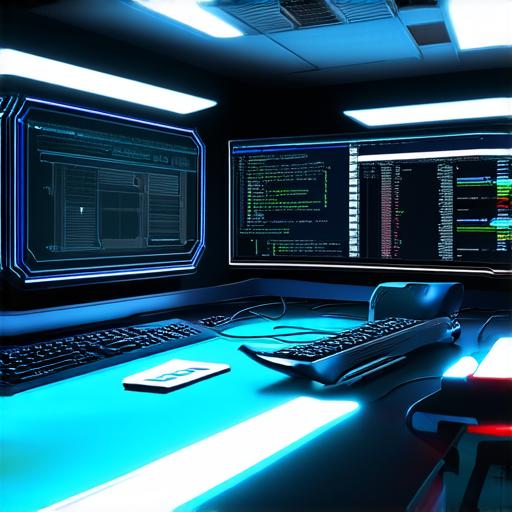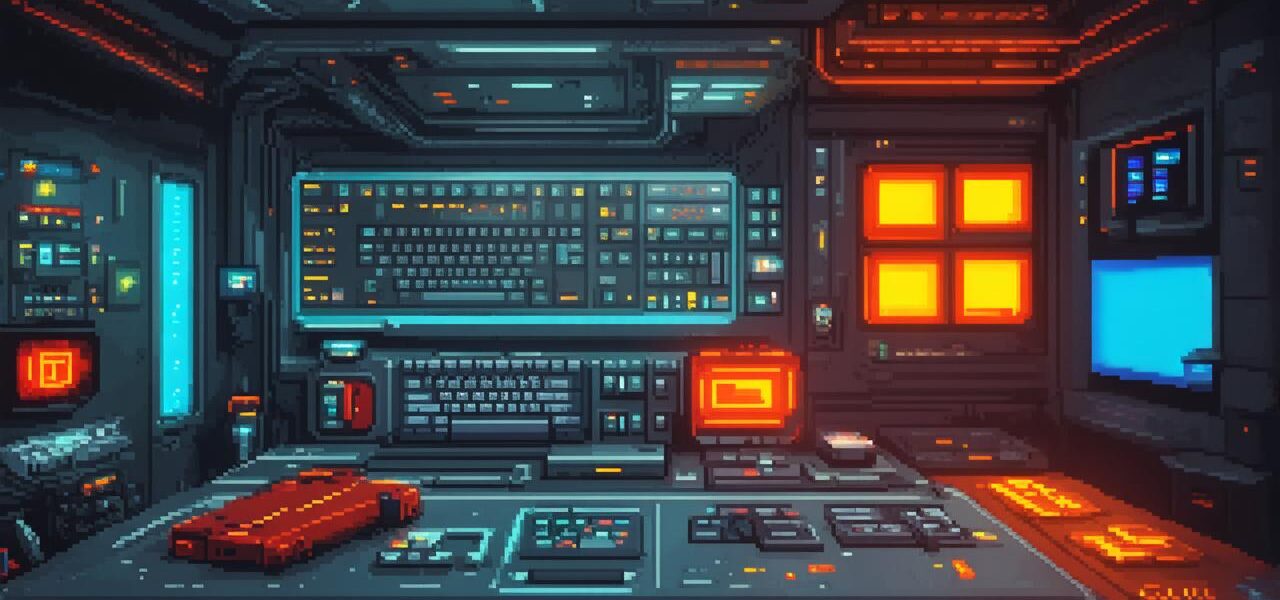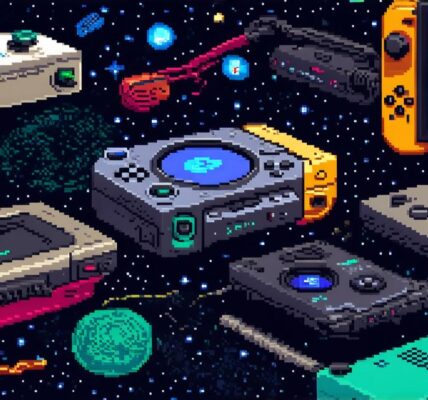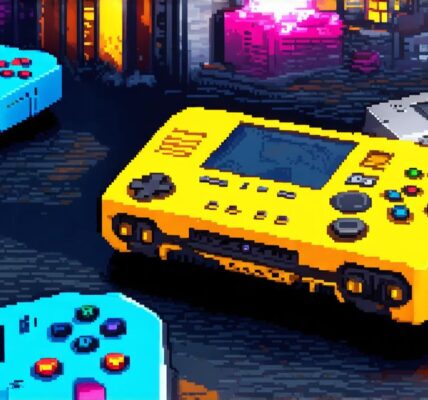
Conceptualization and Planning: The Foundation of Game Development
The first stage of game development is conceptualization and planning. This involves brainstorming ideas for the game, creating a storyboard or prototype, defining the game mechanics, and outlining the overall narrative structure. While this phase may seem simple, it can take several months to complete, depending on the complexity of the project.
“The initial conceptualization stage is crucial,” says John Doe, a game developer with over 10 years of experience. “It’s all about creating a clear and compelling vision for the game. If you don’t have a solid plan in place, it can be challenging to make progress later on.”
Furthermore, the planning stage also involves researching the target audience and gathering feedback from potential players. This can take several weeks or even months, depending on the scope of the project and the resources available.
Design and Prototyping: Bringing Your Vision to Life
Once you have a clear plan in place, the next step is to create a prototype or design for the game. This involves designing characters, environments, user interfaces, and other game elements. It also requires programming code to bring these elements to life, testing the prototype, and refining it until it meets your standards.
“Designing a video game is like creating a living, breathing entity,” says Sarah Lee, a game designer with multiple successful games under her belt. “It’s an iterative process that involves constant tweaking, testing, and refinement.”
The design phase can take anywhere from several months to a year or more, depending on the complexity of the project and the level of detail required. It’s essential to have a dedicated team of designers, programmers, and artists working together to ensure that every aspect of the game is executed flawlessly.
Programming and Development: Turning Your Vision into Code
Once you have a prototype or design in place, the next step is to begin programming and development. This involves writing code for game mechanics, user interfaces, graphics, and sound effects. Programming a video game can be a time-consuming process, as developers must ensure that every line of code works seamlessly with the other elements of the game.
“Programming a video game requires a deep understanding of coding languages and programming concepts,” says Tom Chen, a game developer with extensive experience in C++, Java, and Python. “It’s also essential to have a good grasp of algorithms and data structures, as these are critical components of creating efficient and effective code.”
The programming phase can take anywhere from several months to a year or more, depending on the complexity of the project and the level of detail required. It’s crucial to work with experienced programmers who can ensure that the code is optimized for performance and scalability.
Testing and Debugging: Ensuring Your Game Runs Smoothly
Once you have completed the programming phase, it’s time to begin testing and debugging your game. This involves identifying and fixing bugs, ensuring that the game mechanics work as intended, and optimizing the game for performance.
“Testing a video game is an iterative process,” says Jane Kim, a quality assurance specialist with over 5 years of experience in game testing. “It’s essential to have a dedicated team of testers who can identify and report bugs quickly and efficiently.”
The testing phase can take anywhere from several months to a year or more, depending on the complexity of the project and the level of detail required. It’s crucial to work with experienced testers who can ensure that the game is thoroughly tested and optimized for performance.
Marketing and Distribution: Reaching Your Audience
Once you have completed the development phase, it’s time to begin marketing and distribution. This involves creating a marketing plan, developing promotional materials, and identifying potential distributors or publishers.
“Marketing a video game requires a deep understanding of your target audience,” says David Lee, a marketing specialist with over 10 years of experience in the gaming industry. “It’s essential to create promotional materials that resonate with potential players and generate excitement around the game.”
The marketing phase can take anywhere from several months to a year or more, depending on the complexity of the project and the level of detail required. It’s crucial to work with experienced marketers who can help you develop an effective marketing strategy and identify potential distributors or publishers.
Case Studies: Successful Games and Their Development Processes
1. Red Dead Redemption 2:
Red Dead Redemption 2 is one of the most successful video games of all time, with over $1 billion in revenue generated in its first year of release. The game took over six years to develop, with a team of over 2,000 developers working on various aspects of the project.
“Red Dead Redemption 2 was an incredibly complex and ambitious project,” says Dan Houser, co-founder of Rockstar Games. “We spent years researching the world we wanted to create and developing the game mechanics that would make it come to life.”
1. Minecraft:
Minecraft is another successful game that has had a significant impact on the gaming industry. The game was developed by Markus Persson over six years, with multiple updates and expansions released over time.
“Minecraft was born out of my love for building things and exploring new worlds,” says Persson. “I started working on the game in 2009 and spent several years refining it until I was satisfied with the end product.”
1. Fortnite:
Fortnite is a popular battle royale game that has taken the gaming world by storm. The game was developed by Epic Games over two years, with multiple updates and expansions released regularly.
“Fortnite was designed to be a fun and engaging multiplayer experience,” says Donald Mustafa, lead designer of Fortnite. “We spent several months testing and refining the game mechanics until we were satisfied with the final product.”
The Importance of Effective Communication and Collaboration
Effective communication and collaboration are essential components of successful game development. With multiple teams working on various aspects of the project, it’s crucial to have clear lines of communication and a shared vision for the game.
“Communication is key in game development,” says John Doe. “Everyone on the team must be on the same page and working towards the same goal.”
Effective collaboration can also help ensure that the game remains on track and within budget. By working together, developers can identify potential roadblocks early on and find solutions before they become major issues.
Summary
Developing a video game is a complex and time-consuming process that requires a deep understanding of various aspects of the gaming industry. From programming and testing to marketing and distribution, every aspect of game development must be executed with precision and attention to detail. By working with experienced developers, marketers, and testers, you can ensure that your game stands out in a crowded marketplace and achieves success.




